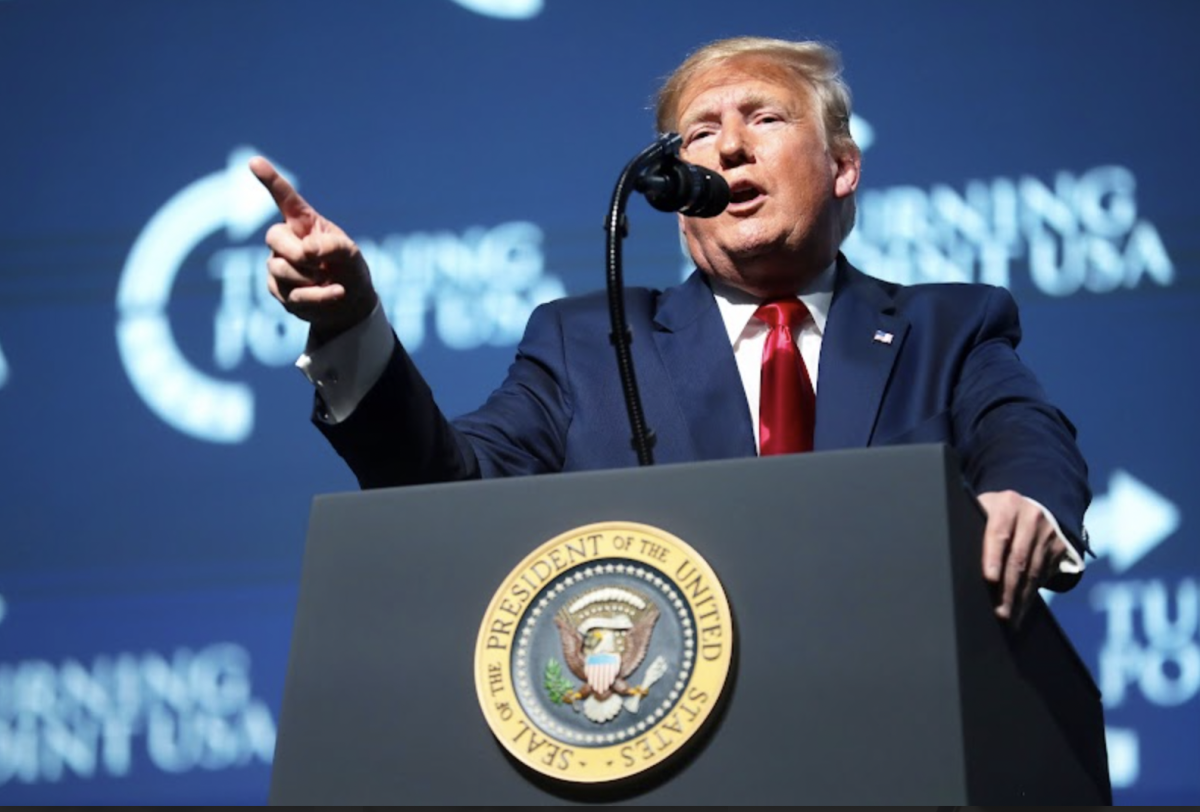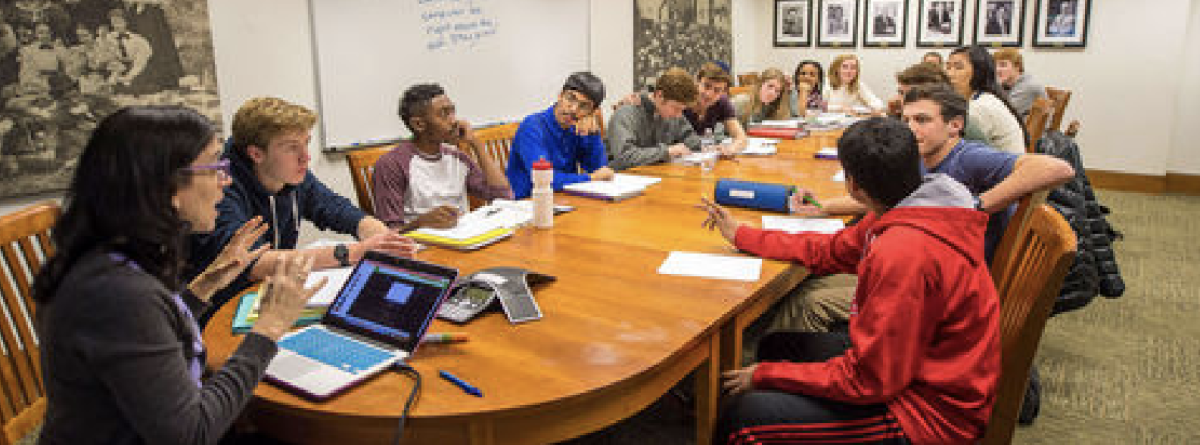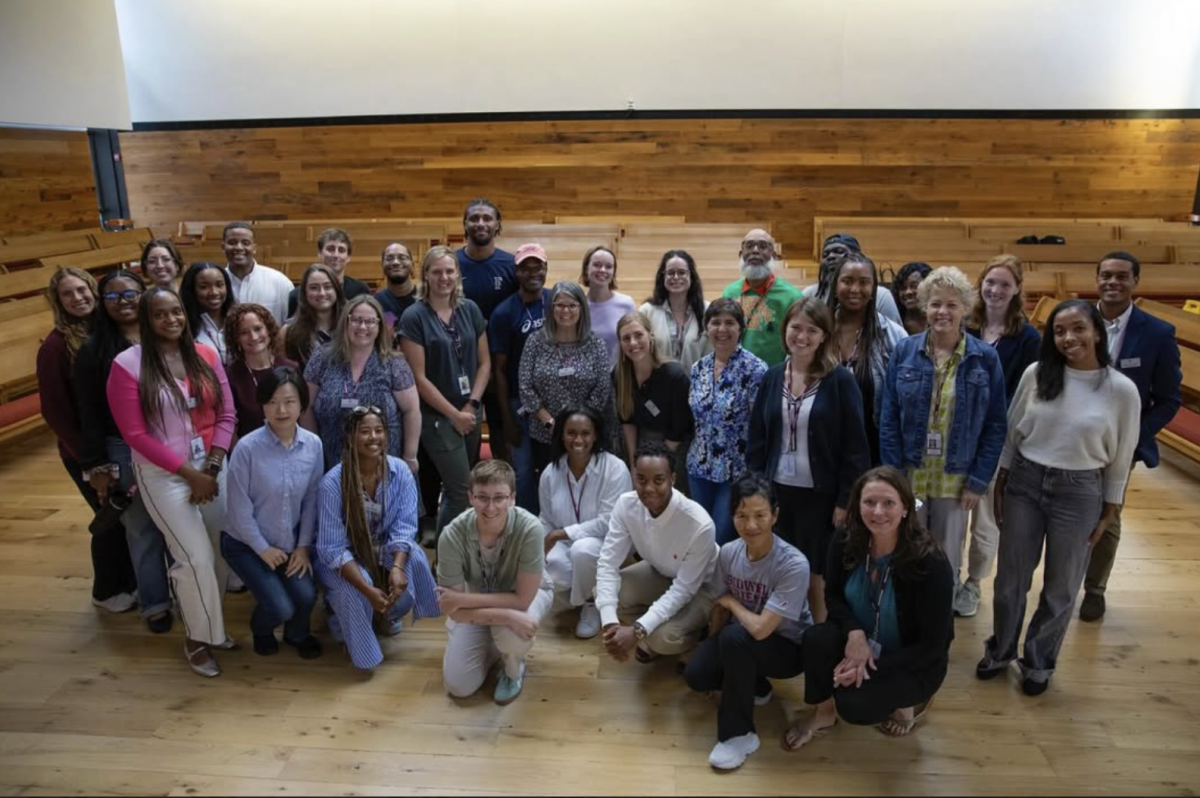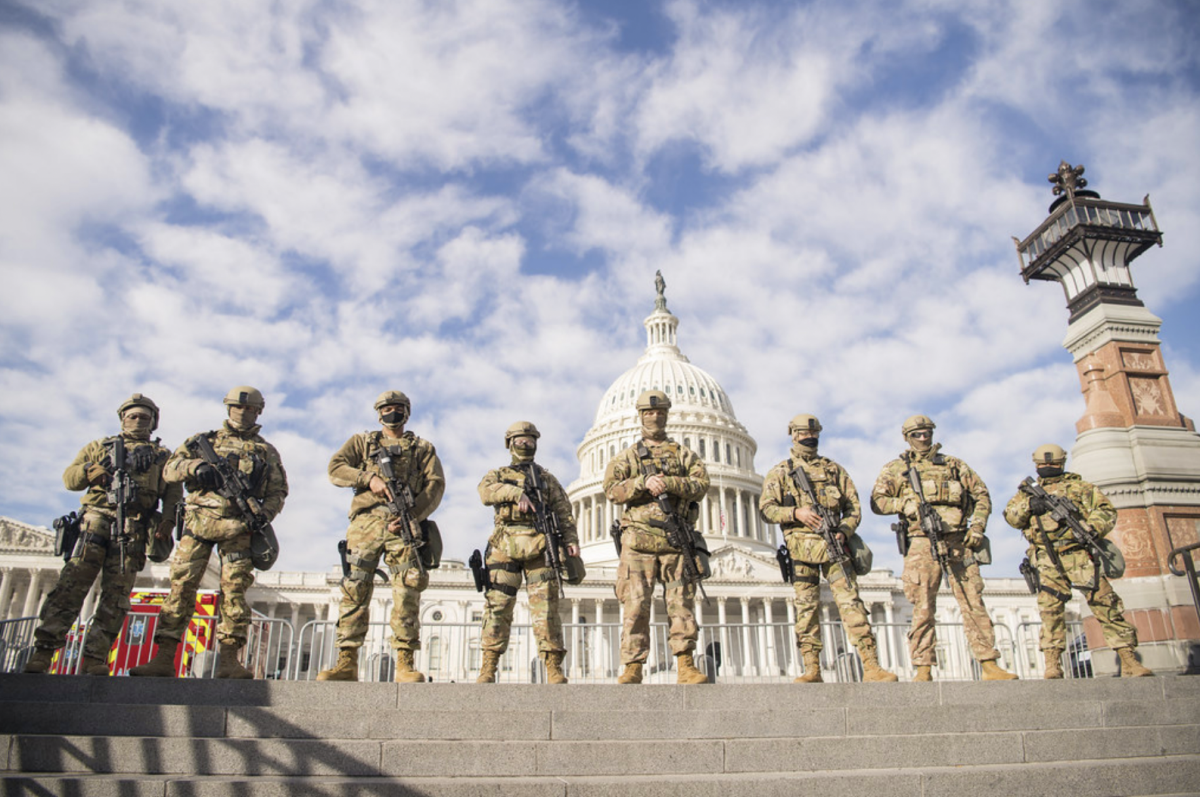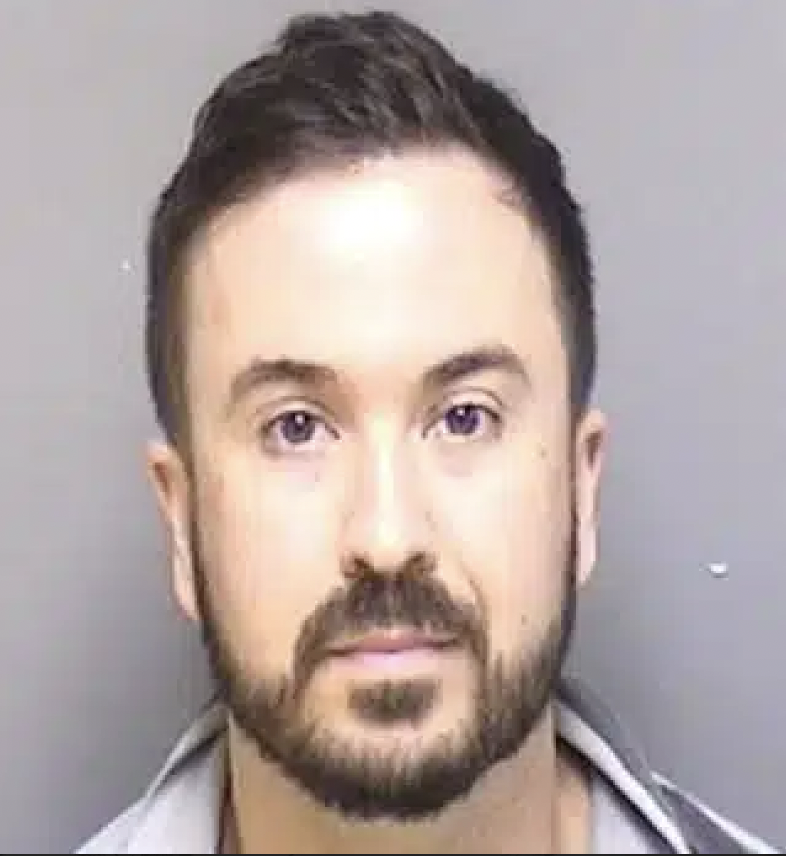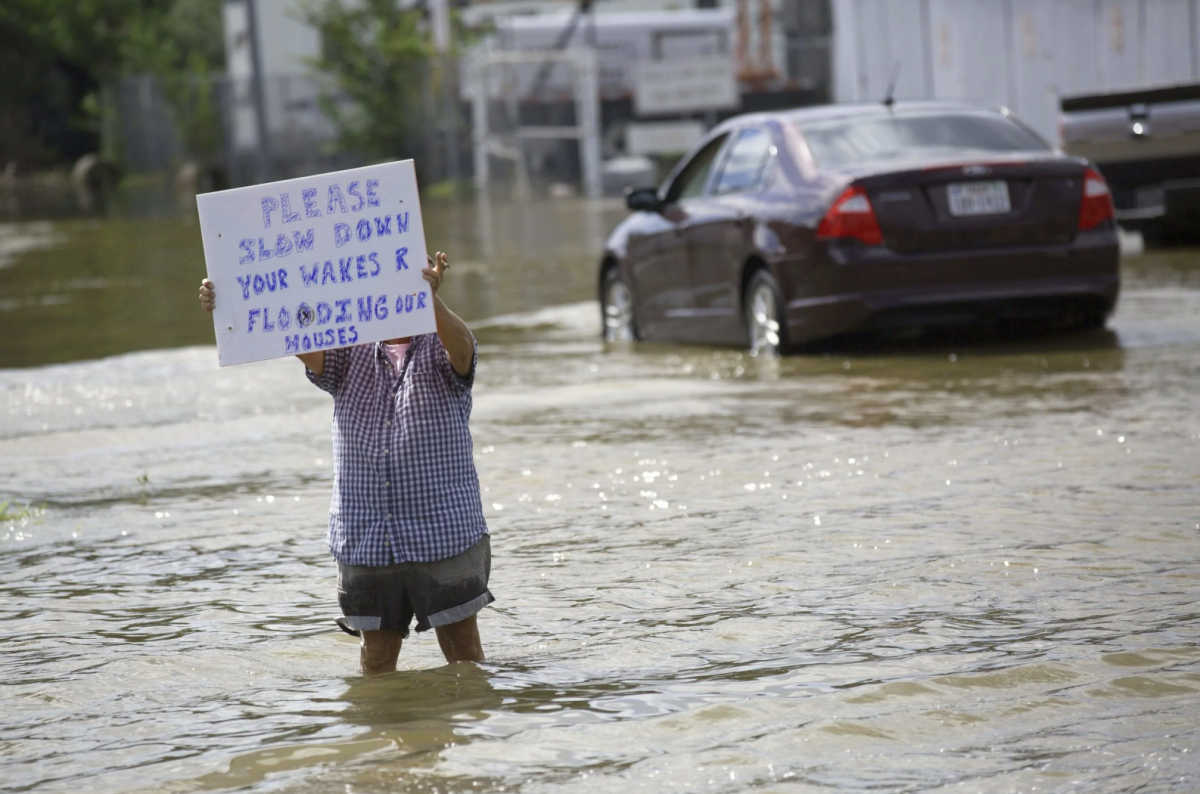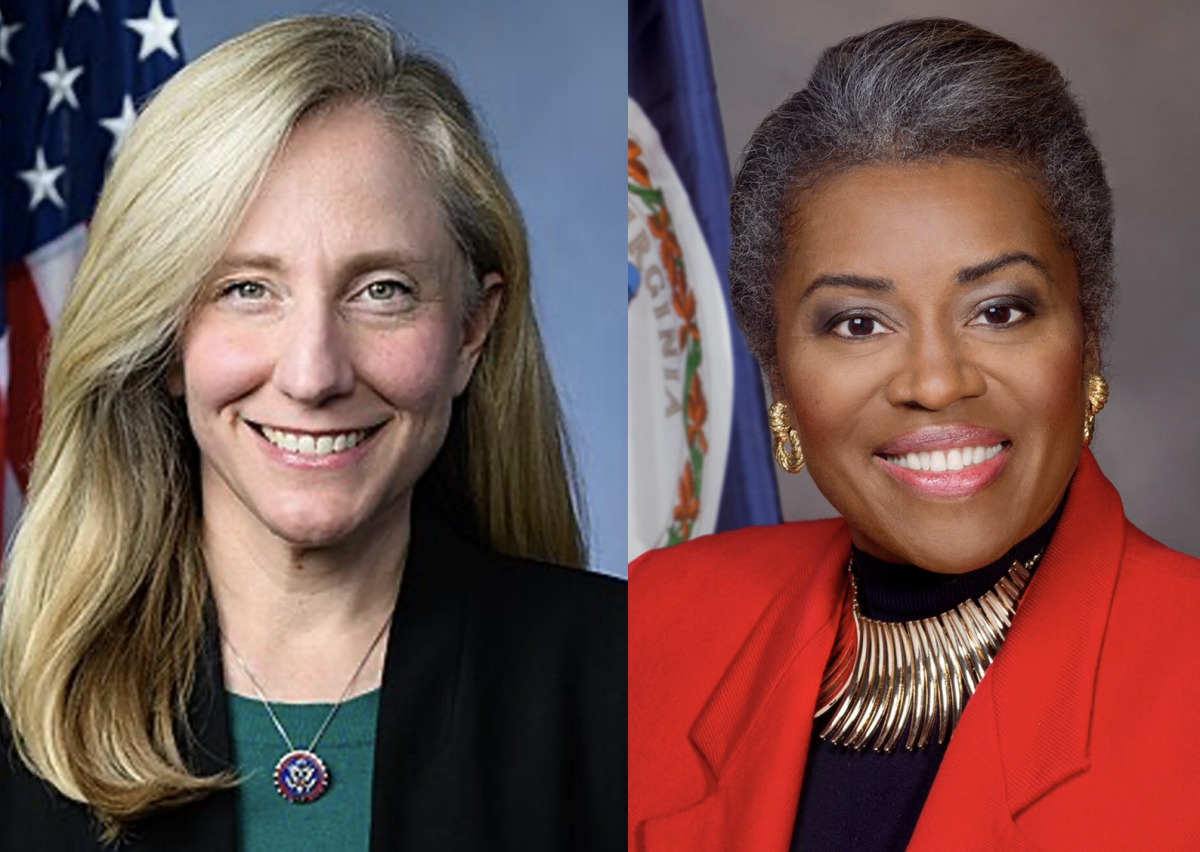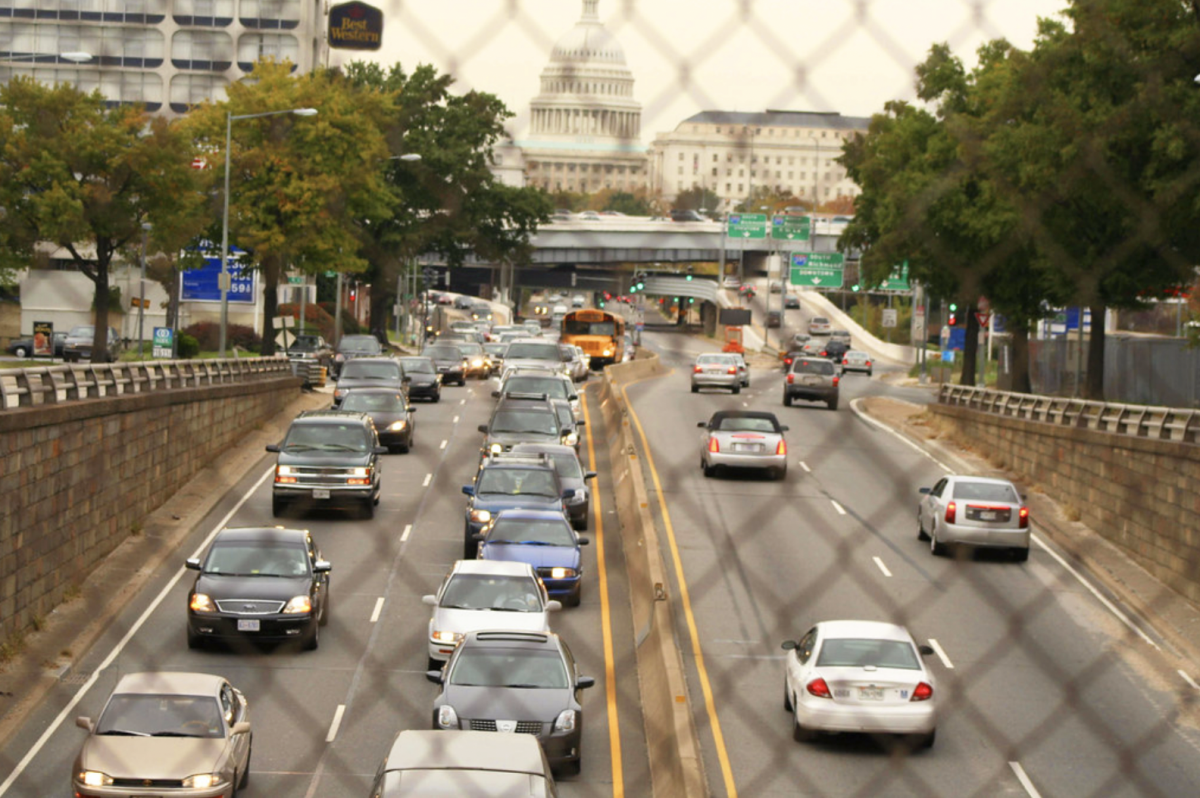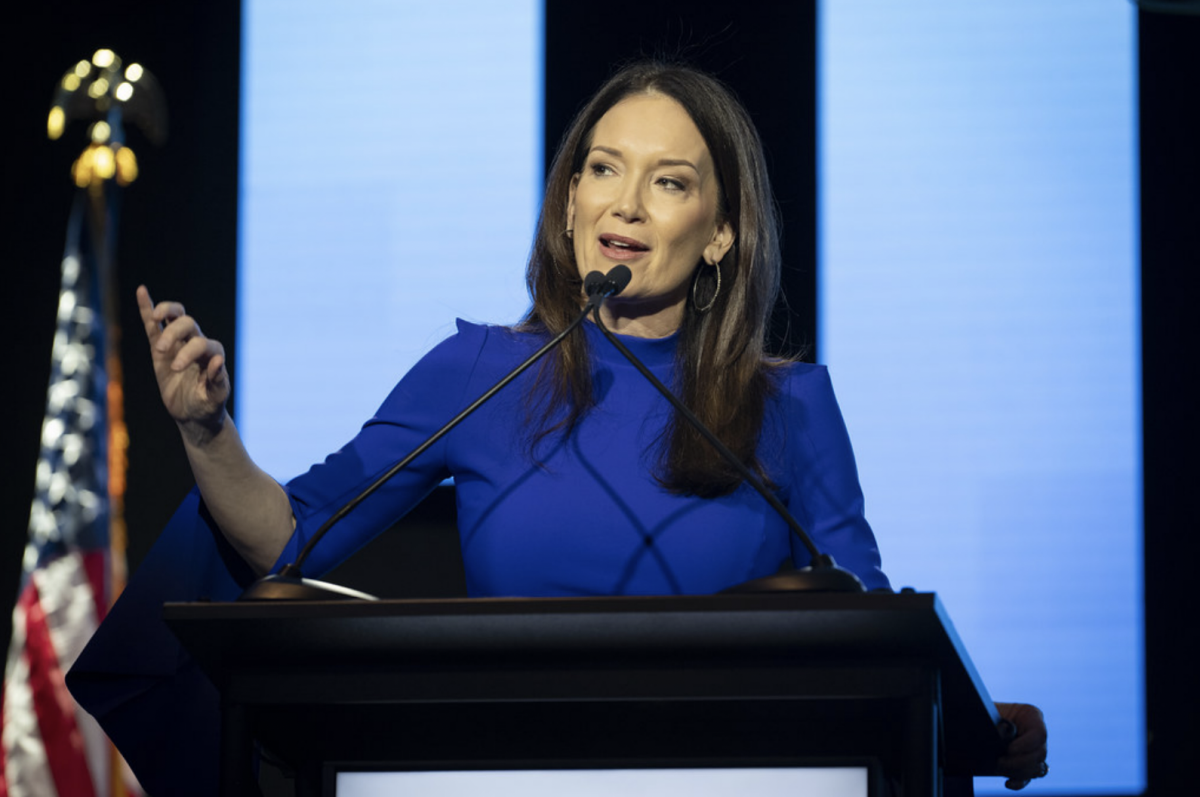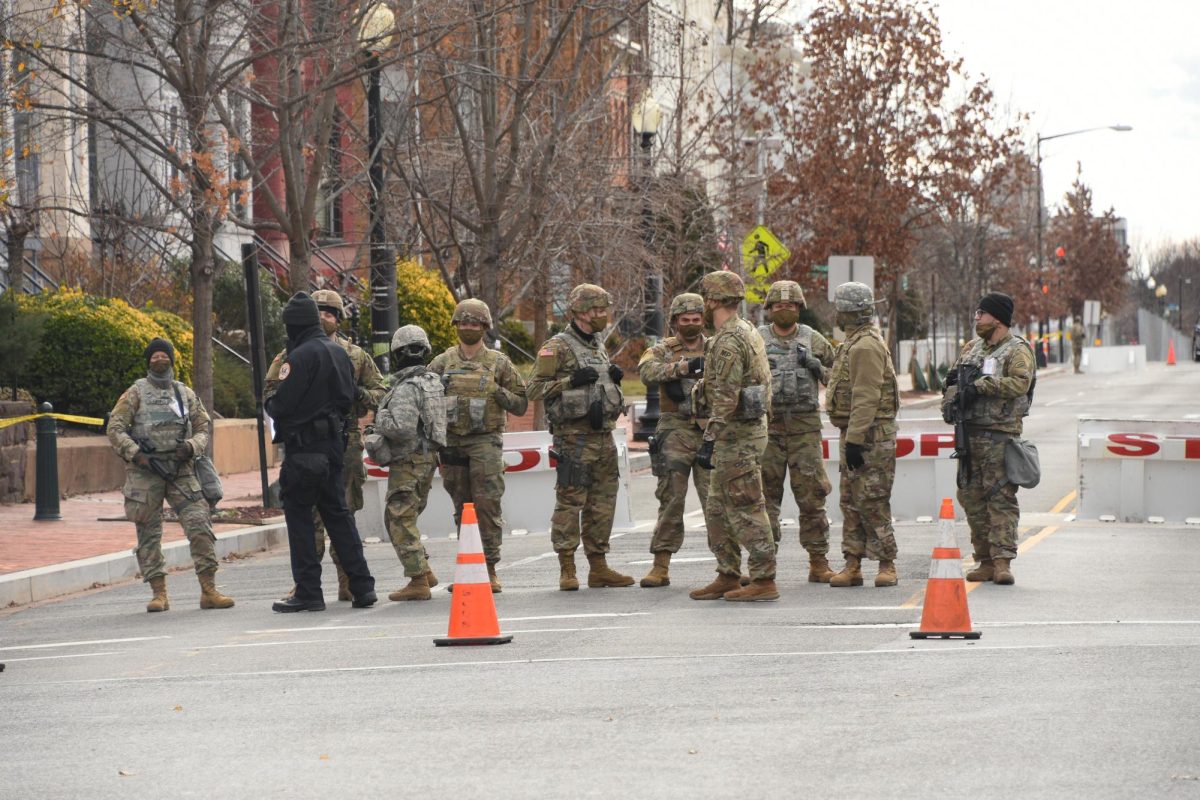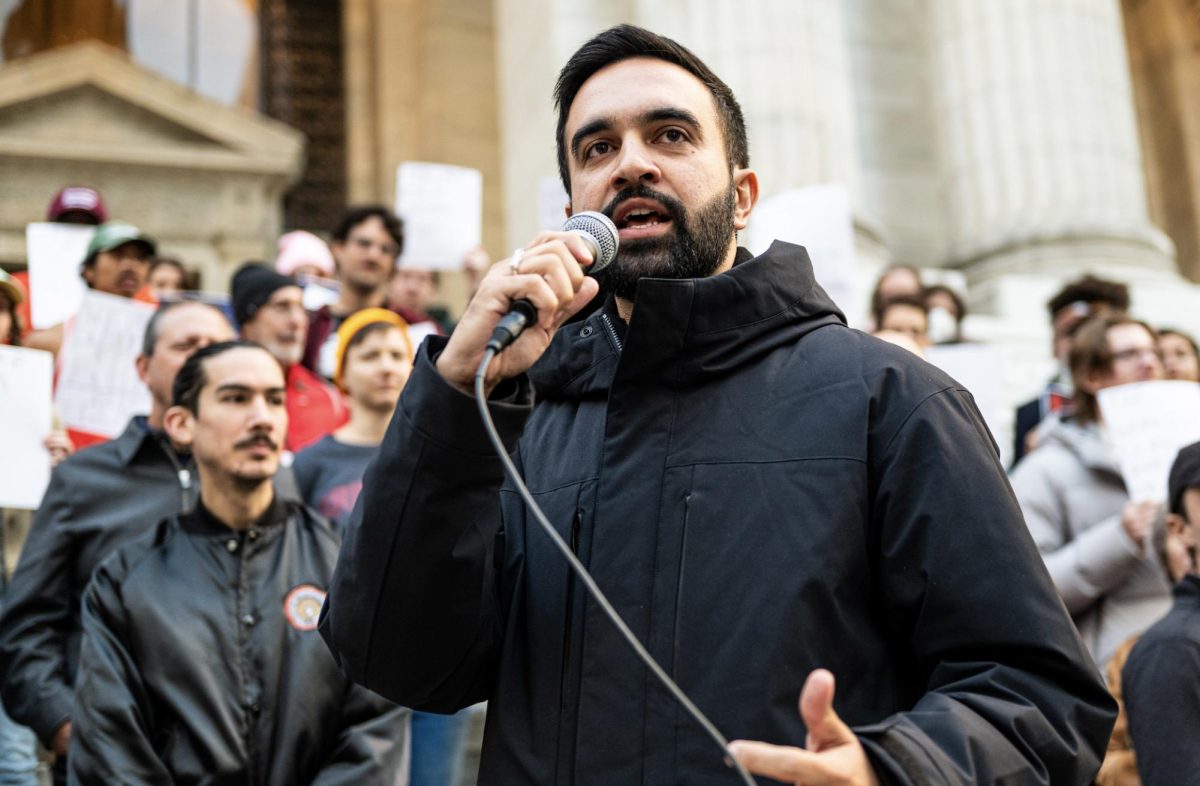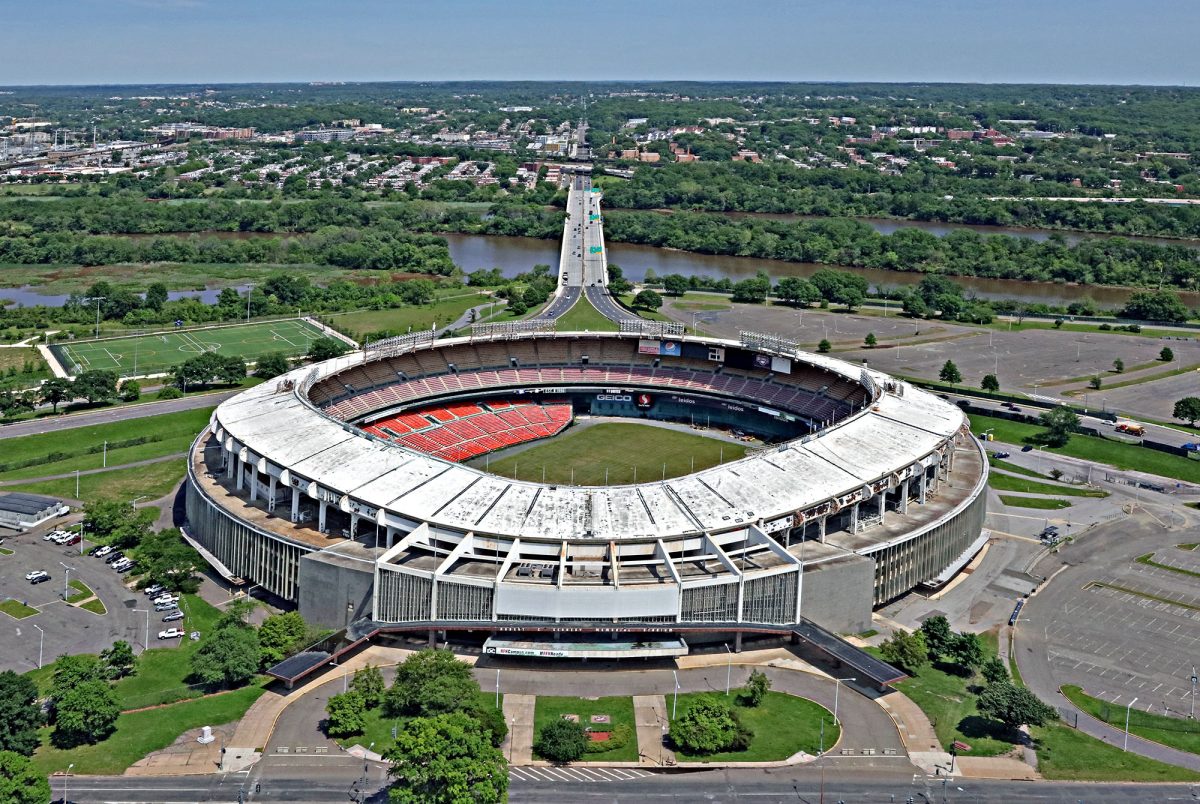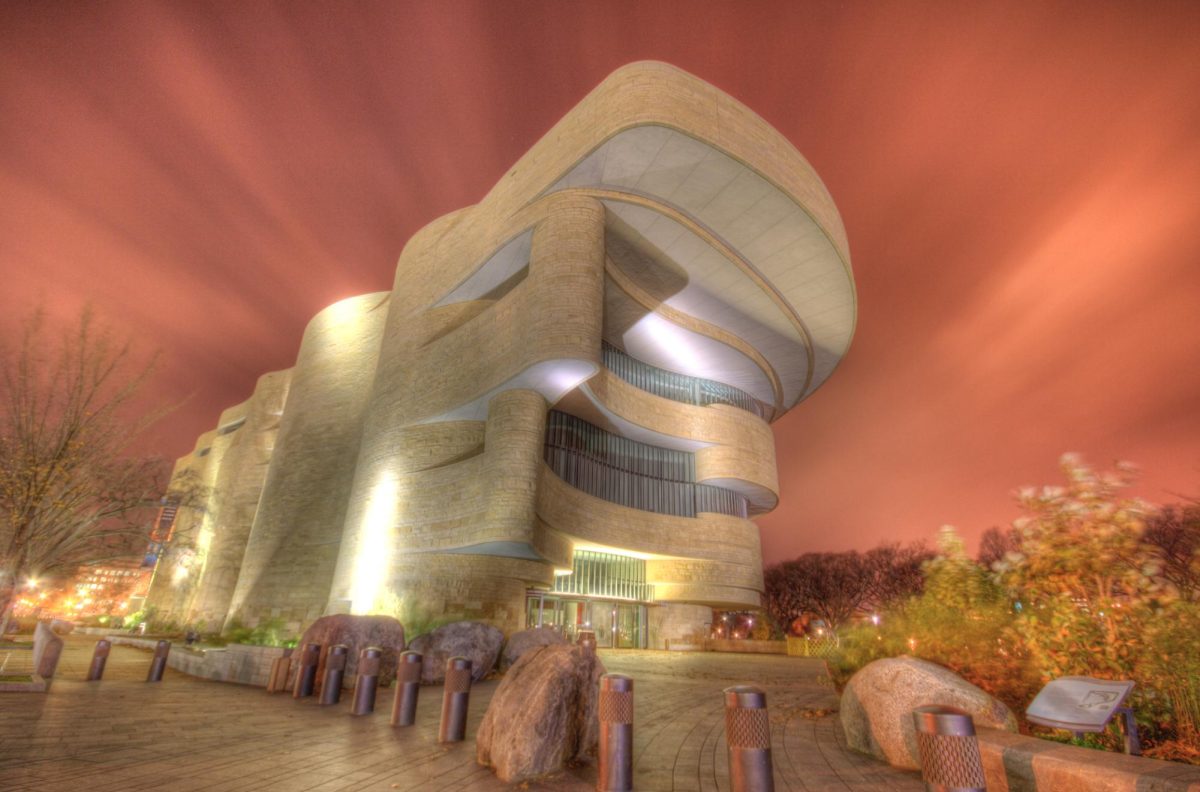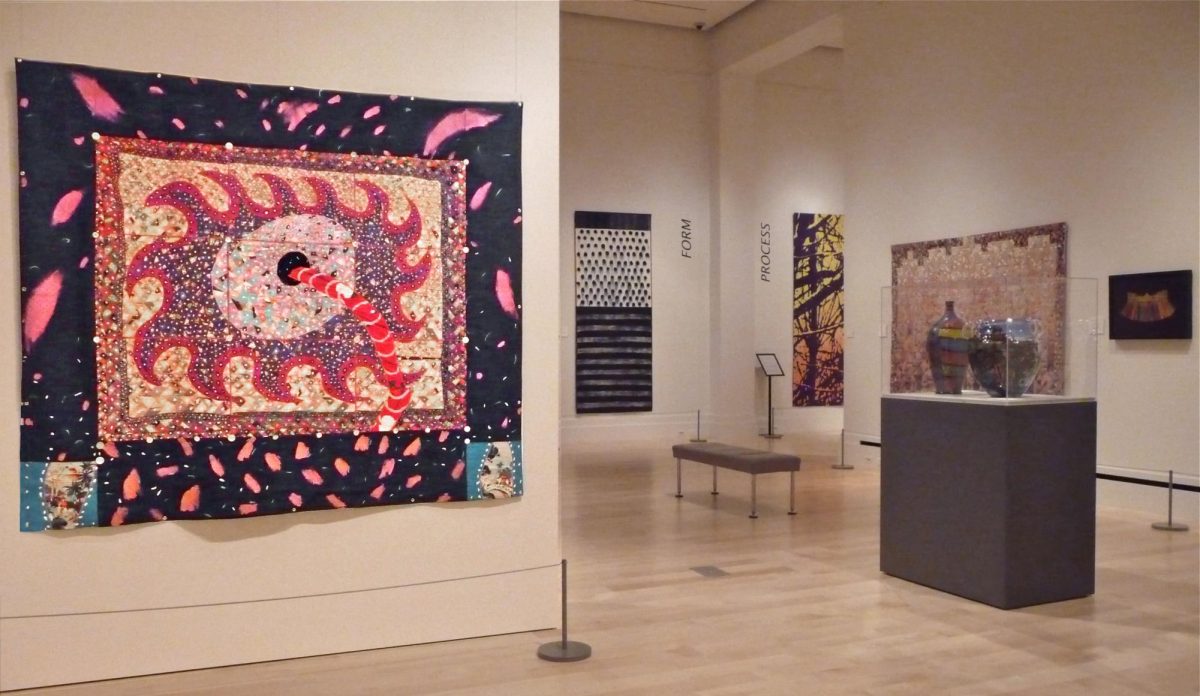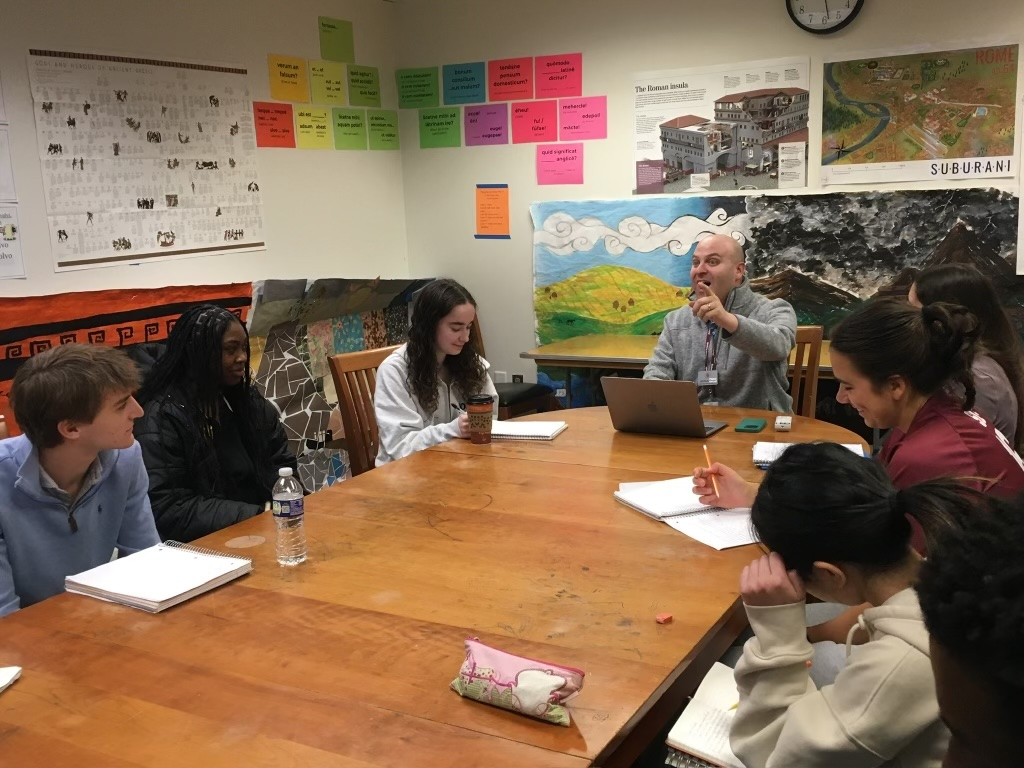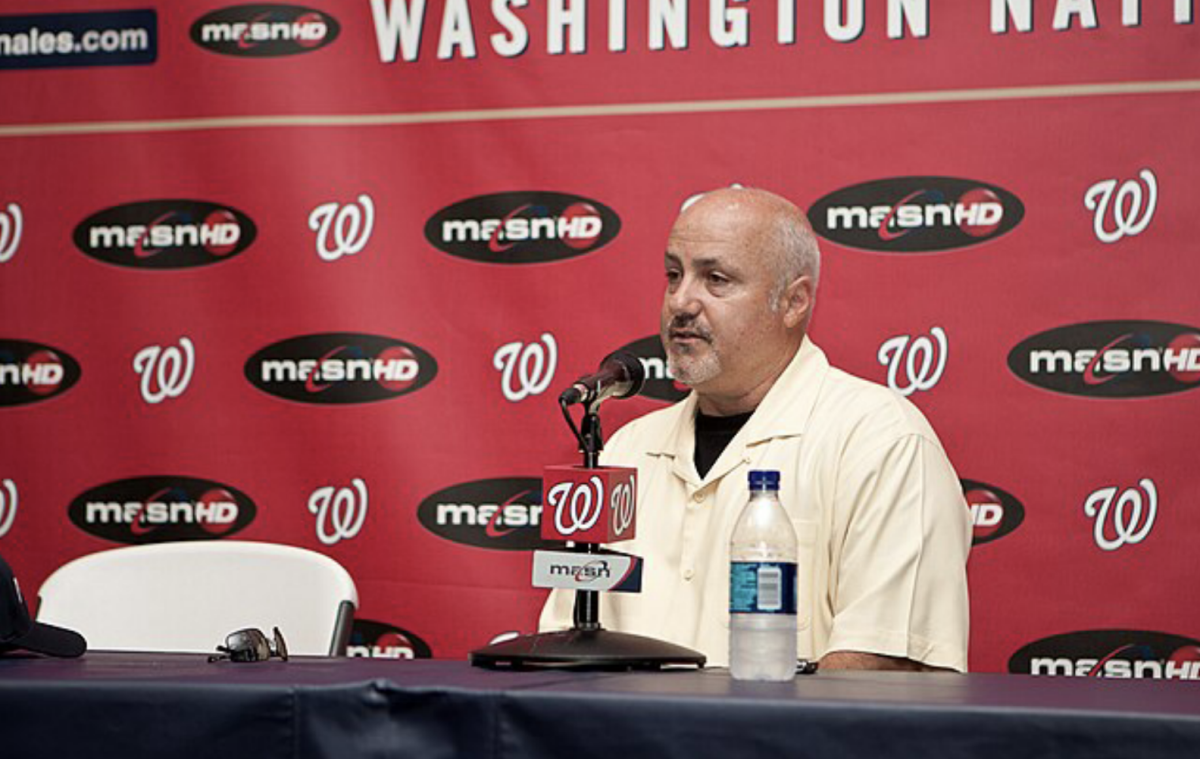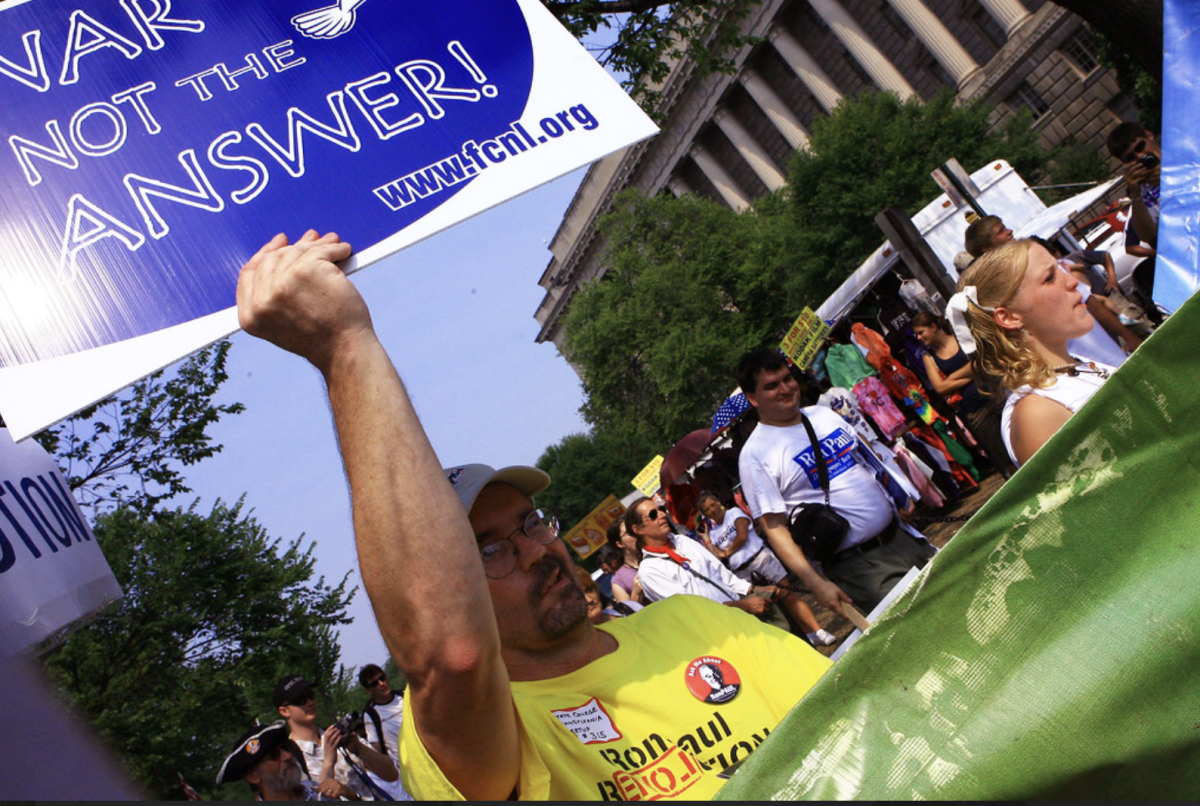After 15 months of ongoing violence, a ceasefire between Israel and Palestine was announced on Jan. 15. The ceasefire was announced by the U.S, Qatar, and Israel and claims to bring a “permanent end” to the fighting and free the hostages in both Palestine and Israel.
“This deal will halt the fighting in Gaza, surge much humanitarian assistance to Palestinian civilians, and reunite the hostages with their families after more than fifteen months in captivity,” former President Biden said.
The ceasefire calls for the release of the 96 Israeli hostages in Gaza and several thousands of Palestinian prisoners within Israel. According to the Qatari Prime Minister Mohammed bin Abdulrahman bin Jassim Al Thani, the ceasefire consists of three major phases.
The first stage began on Jan. 19 and will be in effect for six weeks. 33 of the 96 Israeli captives, including women, children, elderly and wounded who were taken by the attack on Oct. 7, will be released. In return, Israel promises to release the thousands of Palestinians held in Israeli jails and will gradually withdraw their forces from major cities within Gaza.
If the first phase goes accordingly, they will move on to the second stage. In phase two, all of the remaining Israeli captives will be released, more Palestinians will also be taken back to their homes and all Israeli forces within Gaza will be fully withdrawn. If phase two proceeds as planned, they will then move on to phase three, which focuses on moving the remaining Palestinians back home and creating a long-term reconstruction plan for Gaza.
Despite the optimistic announcement, the plan had been delayed for two days. After some of the first Israeli and Palestinian hostages were being freed, Israel closed off the corridor North of the Gaza Strip, blocking Palestinians from returning home. According to AP News, Israeli Arbel Yehoudm’s release was delayed by Hamas, and held up the planned return of the Palestinian prisoners to northern Gaza. He was eventually freed along with other captives, leading to the reopening of the corridor.
As of Jan. 27, 300,000 displaced Palestinians have returned to their homes, according to a government media office in Gaza. One Palestinian woman told CNN, “[I]t’s an indescribable feeling that I am going back to Gaza City. It used to take us 10 minutes to get there, but this time it took a year and a half.” Israeli citizens, too, have been freed from captivity. Emily Damari, Romi Gonen and Doron Steinbrecher were among some of the hostages who have returned home and reunited with their families.
As the ceasefire progresses, global reactions have been mixed. U.S. President Donald Trump has proposed to “clean out” the Gaza Strip and relocate the Palestinian civilians from Gaza to its neighbors, Egypt and Jordan. Trump described Gaza as “a massive demolition site” at a press conference and stated that Gaza needs to be “rebuilt in a different way.” He believes that a fresh start in the region may be necessary.
However, Egypt and Jordan have firmly rejected this proposal. Both countries believe that Palestinians deserve to remain in Gaza and have expressed concerns about the long-term effects of such a massive displacement. Egypt’s Prime Minister Abdel Fattah el-Sisi said at a press conference that “[t]he solution … is the establishment of a Palestinian state … the solution is not to remove the Palestinian people from their place.”
Jordan’s King Abdullah II also made it clear that his country has “a firm position on the need to keep the Palestinians on their land.”
While the ceasefire is a step forward to ending the war and achieving peace, experts say that it is still unclear if it will lead to a permanent end to the violence. The coming weeks are crucial, as it is still unclear if phase one will go according to plan and if phases two and three will even take place. According to Tahani Mustafa, Senior Palestine Analyst at the International Crisis Group, “this could very much well be a humanitarian pause where we see phase one being more of a symbolic gesture and there’s no guarantee that phase 2 and phase 3 will pan out.”
The international community remains hopeful, but there are still challenges to overcome.


